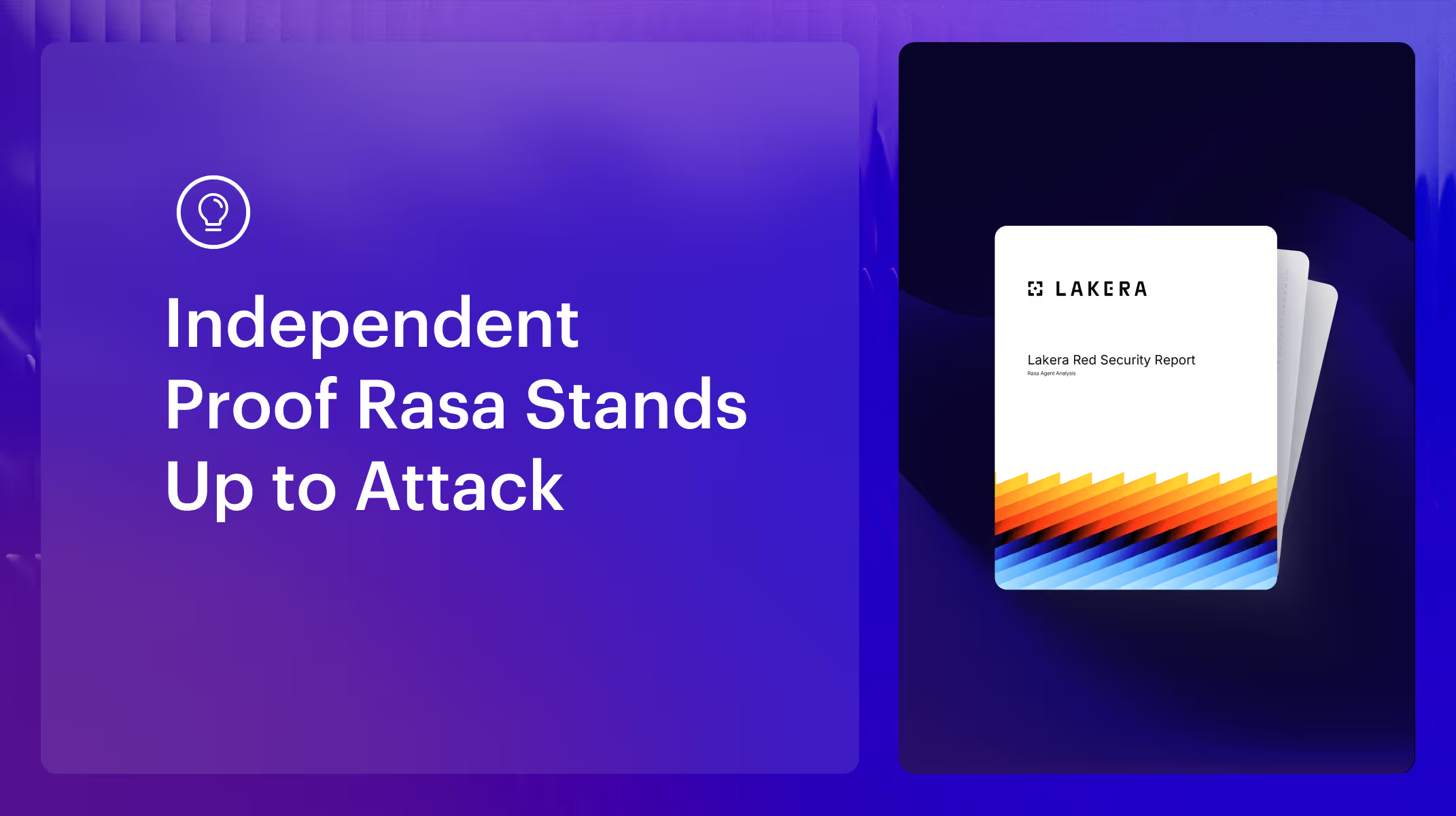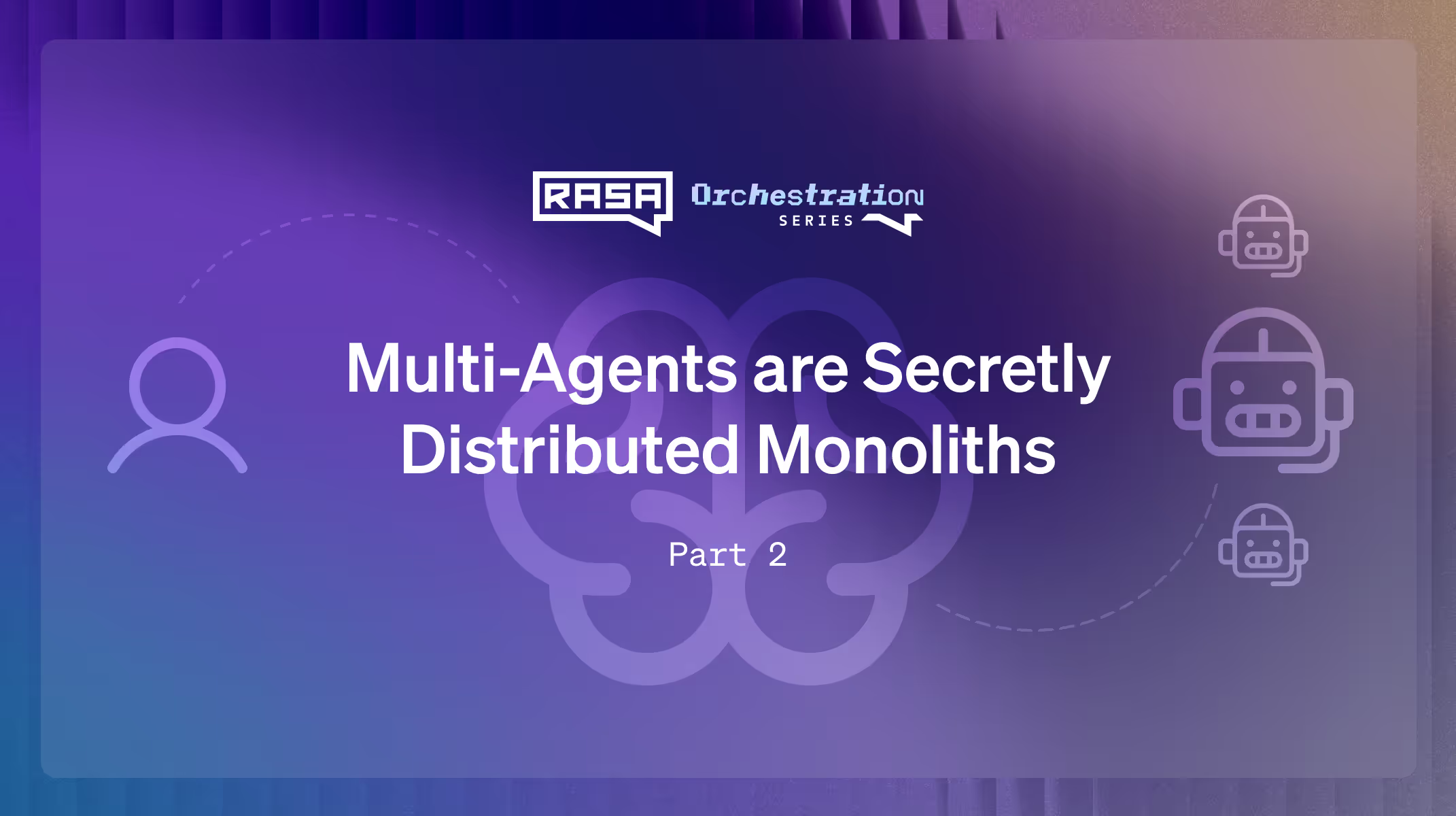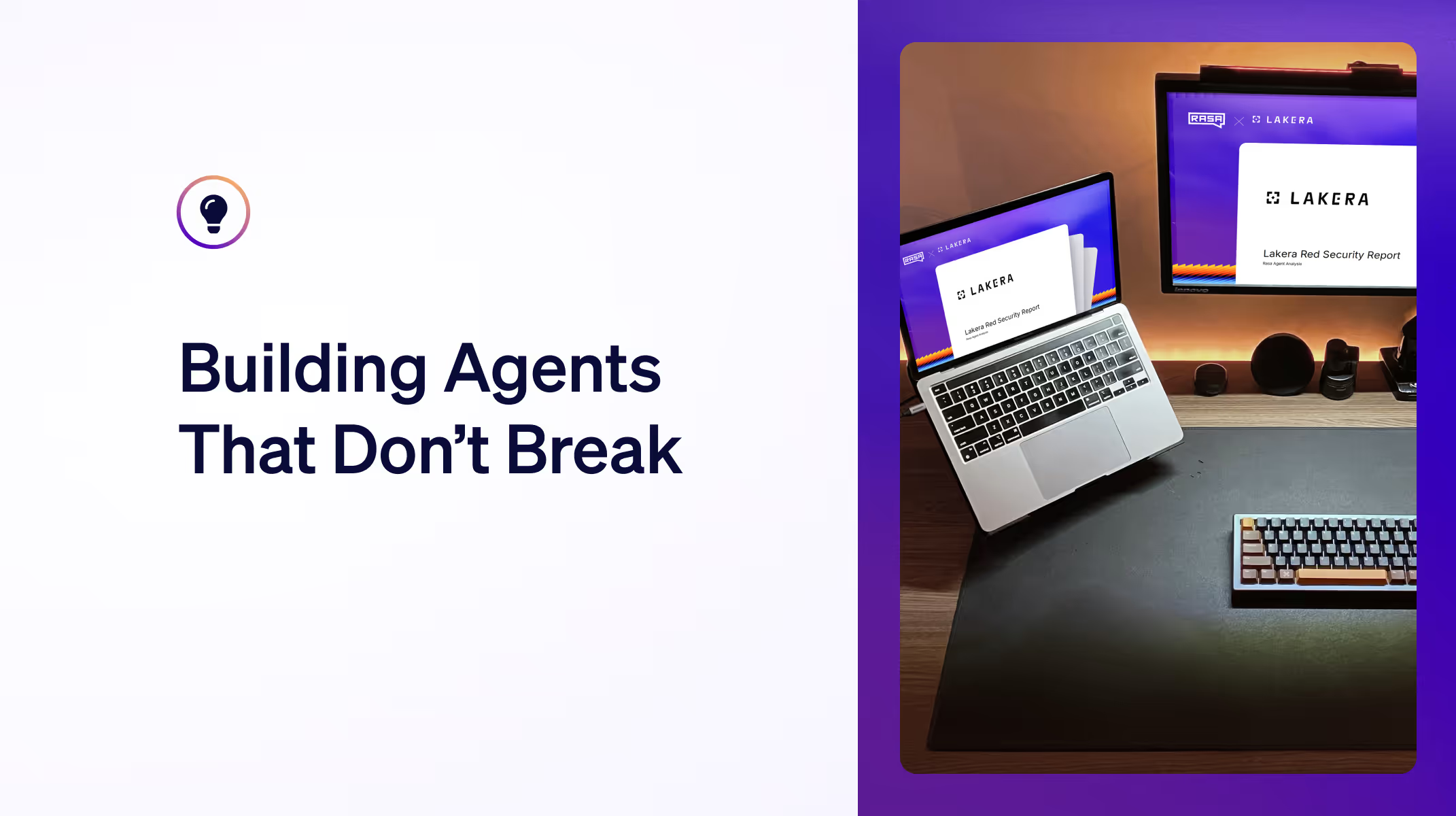Early chatbots followed simple scripts, responding to basic commands with little flexibility. Today, AI-driven assistants handle complex conversations, automate processes, and support customer interactions at scale. Enterprises across industries rely on them to reduce costs, improve operational efficiency, and deliver seamless digital experiences.
With so many chatbot platforms available, choosing the right one requires more than comparing features. Some prioritize ease of use, while others focus on customization or regulatory compliance. The best fit depends on how well a platform aligns with business needs, integrates with existing systems, and supports long-term growth.
This guide covers key factors when selecting an enterprise chatbot solution and highlights eight leading platforms. Understanding these options helps businesses make informed decisions without getting locked into rigid technology.
How to Evaluate the Best Chatbot Solution for Your Enterprise
A chatbot’s effectiveness depends on how well it fits business objectives, integrates with existing systems, and provides long-term value. A thorough evaluation helps ensure the chatbot enhances efficiency, delivers accurate responses, and adapts as needs change.
Consider Your Main Use Cases
Every AI bot is built for a purpose. Some handle customer service, while others support sales, automate workflows, or assist employees internally. Identifying the chatbot’s role early helps choose a platform that meets those needs without adding unnecessary complexity.
Common use cases include:
- Customer support: Answering FAQs, resolving issues, and managing escalations.
- Sales and lead qualification: Engaging prospects, collecting information, and scheduling meetings.
- Employee self-service: Assisting with HR inquiries, IT troubleshooting, and policy lookups.
- Transactional automation: Processing orders, handling payments, and verifying user details.
Some platforms offer pre-built solutions great for these functions, while others allow for deeper customization. The best choice depends on whether a business needs something ready to deploy or a chatbot built for unique workflows.
Evaluate Integration Capabilities
A chatbot should work seamlessly with the tools a business already relies on. If it struggles to connect with core systems, it creates inefficiencies and requires manual workarounds.
Key integration considerations:
- CRM and customer databases: Syncing chatbot interactions with customer records.
- ERP and backend systems: Automating processes while keeping data consistent.
- Omnichannel support: Deploying across web, mobile, messaging apps, and voice interfaces.
- Security and authentication: Maintaining compliance with industry regulations.
A chatbot that integrates well with existing infrastructure ensures smooth operations across departments and prevents data silos.
Look at Vendor Support and Community
Ongoing support and an engaged community can determine how well a chatbot evolves over time. A platform should provide clear documentation, expert guidance, and a strong user base to assist with troubleshooting and improvements.
What to assess:
- Vendor support levels: Dedicated assistance, training, and knowledge resources are available.
- Developer tools: APIs, SDKs, and technical guides for customization.
- Community involvement: Active forums, industry discussions, and user-driven innovation.
Reliable support and a strong network help businesses refine chatbot performance, resolve issues faster, and keep pace with evolving AI capabilities.
The Top 8 Enterprise Chatbots for Your Team to Explore
With so many enterprise chatbot solutions available, narrowing down the best fit for your business can feel overwhelming. Some platforms offer pre-built assistants for quick deployment, while others focus on deep customization for complex, industry-specific use cases. The right choice depends on your organization’s scale, regulatory requirements, and need for flexibility.
Below, we summarize eight leading enterprise chatbot platforms, highlighting their strengths and key considerations to help enterprises make informed decisions.
1. Rasa
Rasa allows enterprises to gain full control over chatbot development without the restrictions of proprietary, black-box solutions. Unlike platforms that force businesses into fixed workflows or vendor-controlled infrastructure, Rasa enables companies to build AI assistants that fit their unique needs.
Key advantages:
- Customizable architecture: Businesses can adapt Rasa’s framework to their industry and customer interactions instead of being limited to generic, pre-built models.
- Conversation repair: Handles topic shifts, interruptions, and misunderstandings without breaking the conversation flow.
- LLM-agnostic: Works with any large language model, allowing enterprises to switch providers without overhauling their chatbot.
- No-code UI for ease of use: Rasa Studio lets teams design and refine chatbots visually, making development more accessible.
- On-premise and cloud deployment: With strict security and compliance needs, we’re a strong choice for financial services, healthcare, and telecommunications.
- Avoids vendor lock-in: Unlike many chatbot platforms, Rasa’s open framework allows enterprises to modify and expand their AI without waiting for third-party updates.
If you want to explore our platform, the Rasa Developer Edition provides free access to Rasa with CALM.
2. FreshChat
FreshChat is designed for real-time customer support and engagement. It integrates directly with Freshworks’ suite of products, including Freshdesk, making it a strong choice for companies already using these tools.
Key strengths:
- Supports live chat and AI-powered automation.
- Works across web, mobile, and social media channels.
- Easy setup for customer service teams.
FreshChat offers an intuitive interface, but it may not provide the deep customization required for enterprises with highly specific chatbot needs.
3. Kore.ai
Kore.ai offers a mix of pre-built virtual assistants and customizable AI chatbots for enterprises. It focuses on omnichannel customer support, helping businesses automate workflows and improve response times.
Key strengths:
- Industry-specific virtual assistants for banking, healthcare, and retail.
- AI-powered intent recognition and workflow automation.
- Omnichannel support, including voice AI capabilities.
While Kore.ai provides ready-to-use AI assistants, its customization options can be more restrictive than platforms like Rasa, which allow businesses to build AI that aligns precisely with their needs.
4. Boost.ai
Boost.ai specializes in automating customer service with AI-powered chatbots that can be deployed quickly. It focuses on providing pre-trained AI models that require minimal setup.
Key strengths:
- Rapid deployment with pre-trained conversational AI.
- Strong customer service automation for high-volume interactions.
- Continuous learning to improve chatbot performance.
Enterprises needing deep learning capabilities for complex, multi-turn conversations may find Boost.ai’s approach too rigid compared to more adaptable solutions.
5. LivePerson
LivePerson’s AI-powered conversational cloud helps enterprises manage customer interactions across messaging platforms. It focuses on AI-driven customer engagement and analytics.
Key strengths:
- Advanced AI models for personalized customer interactions.
- Real-time analytics for monitoring chatbot performance.
- Strong integration capabilities with CRM and marketing tools.
While LivePerson offers powerful AI features, its pricing structure can be expensive, particularly for businesses with fluctuating interaction volumes.
6. Drift
Drift is designed for sales and marketing automation, using chatbots to engage website visitors, qualify leads, and book meetings.
Key strengths:
- AI-driven chat for lead qualification and sales automation.
- Integrates with CRM platforms to streamline workflows.
- Focuses on conversational marketing rather than general customer service.
Drift works well for sales-driven organizations but may not be the best fit for enterprises looking to automate complex customer interactions beyond lead generation.
7. Cognigy
Cognigy provides a low-code conversational AI platform that helps enterprises build chatbots for customer service and internal automation.
Key strengths:
- Intuitive, low-code interface for easy chatbot creation.
- Supports voice and text-based AI interactions.
- Quick setup for businesses without deep AI expertise.
While Cognigy is user-friendly, it may not offer the same level of customization as platforms like Rasa, which allow enterprises to fine-tune AI for highly specific needs.
8. Sprinklr
Sprinklr is a customer experience management (CXM) platform that includes AI-powered chatbots for handling interactions across digital channels.
Key strengths:
- Strong omnichannel engagement, covering social media, messaging apps, and websites.
- AI-driven automation for customer service.
- Focuses on large brands needing centralized customer interaction management.
Enterprises prioritizing AI-driven marketing and social engagement may find Sprinklr useful, though its chatbot capabilities may not match the depth of dedicated conversational AI platforms.
What to Consider When Choosing an Enterprise Chatbot
Enterprise chatbots vary widely in functionality, customization, and deployment options. Businesses must weigh several factors to find a solution that meets their needs. The right platform enhances customer satisfaction, streamlines operations, and scales with the business. Below are four critical aspects to evaluate when selecting an enterprise chatbot.
Natural Language Understanding (NLU) and AI Capabilities
A chatbot’s ability to interpret user input, track conversation history, and respond accurately relies on more than simple intent matching. Conversations feel disconnected if an assistant treats every message in isolation, and misunderstandings increase. Strong natural language understanding (NLU) ensures that an AI assistant processes meaning, context, and intent rather than detecting keywords.
However, understanding language is only one part of the equation. A chatbot must follow structured logic, adapt to real-world conversations, and control responses. Rasa’s CALM (Conversational AI with Language Models) framework enhances NLU by combining language model flexibility with predefined workflows. This ensures assistants remain fluent while executing business logic predictably.
Context Awareness and Dialogue Understanding
Many chatbot platforms rely on static intent classification, which struggles when conversations take unexpected turns. Rasa’s dialogue system ensures assistants track context and make decisions based on the full conversation rather than treating each message separately.
- Multi-turn memory: Stores past exchanges so users can ask follow-up questions without repeating information.
- Topic shift detection: Recognizes when users switch subjects and adjust responses accordingly.
- Clarification handling: Identifies ambiguous input and prompts for missing details instead of defaulting to generic fallback responses.
- Context-driven decision-making: Uses prior messages and conversation history to guide responses rather than reacting to isolated inputs.
Personalized and Adaptive Responses
Chatbots should adjust responses based on user behavior rather than relying on rigid scripts or uncontrolled generative models. CALM-powered assistants balance automation with controlled personalization.
- Adaptive response selection: Replies change based on conversation flow, user intent, and contextual cues.
- User-specific personalization: Assistants modify responses based on stored preferences and past interactions.
- Tone and phrasing alignment: Messages stay consistent with brand voice while adapting to user behavior.
Error Handling and Recovery
Misunderstandings and vague inputs are inevitable. A chatbot must be able to detect confusion, clarify intent, and guide users toward the right response rather than producing unpredictable answers.
- Clarification prompts: Instead of making assumptions, the assistant asks for more details when input is unclear.
- Guided redirection: Prevents dead ends by steering users toward the best resolution.
- Context-aware fallback handling: Determines fallback responses based on prior conversation history rather than defaulting to generic error messages.
Continuous Learning and Fine-Tuning
An AI assistant should improve without requiring constant manual updates. Rasa’s approach allows assistants to refine responses through real interactions while controlling learning processes.
- Active learning: Improves intent recognition by analyzing real user interactions and refining models based on feedback.
- Fine-tuning with proprietary data: Ensures assistants understand industry-specific terminology and business language.
- Automated model optimization: Adjusts performance dynamically without requiring frequent retraining.
- Controlled reinforcement learning: Allows AI models to adapt while staying within structured guidelines to prevent unpredictable responses.
Multimodal Capabilities: Text, Voice, and More
An enterprise chatbot should function seamlessly across multiple communication methods, ensuring users get a consistent experience whether they type, speak, or switch between input formats.
- Real-time voice integration: Supports speech-to-text processing for voice-enabled assistants.
- Cross-channel consistency: Ensures context is retained across messaging apps, IVR systems, and live chat platforms.
- Flexible input handling: Allows users to transition between typing and speaking without losing conversation history.
Why Rasa?
Rasa’s CALM-powered NLU ensures that assistants understand conversations, execute tasks precisely, and control business logic.
- Full conversation tracking: Keeps interactions coherent across multi-turn dialogues.
- Defined execution flows: Prevents unpredictable behavior by separating AI interpretation from decision-making.
- Cross-channel adaptability: Enables smooth interaction across text, voice, and multimodal interfaces.
- Cost-efficient AI processing: Optimized for smaller models, reducing latency and inference costs without sacrificing performance.
Unlike other AI solutions that embed business logic into language model prompts, Rasa ensures that AI assistants remain structured, adaptable, and fully transparent.
Scalability and Performance
The best enterprise chatbot must handle thousands-or even millions-of interactions without delays or failures. The system should maintain speed and accuracy as customer engagement grows without driving up costs. A well-architected chatbot manages workloads efficiently, ensuring smooth performance even during peak usage.
Rasa enables enterprises to scale on their own terms. Businesses can host Rasa on-premise or in their own cloud environments, eliminating the constraints of vendor-managed infrastructure. The platform also integrates seamlessly with multiple LLMs, allowing companies to switch providers if performance or cost considerations change.
Interface Design
A chatbot’s interface determines how easily teams can build, manage, and improve AI assistants. While developers need deep customization options, non-technical teams require intuitive tools for training and refining conversations.
An effective chatbot platform balances both needs. It should provide a no-code or low-code interface for business teams while allowing engineers to build complex integrations and fine-tune AI behavior.
Rasa Studio offers a streamlined UI for creating conversational workflows without requiring extensive coding. Teams can prototype, test, and deploy assistants efficiently while retaining full control over backend logic, ensuring enterprises can rapidly iterate on user experiences without technical bottlenecks.
Data Security and Compliance
Enterprises in highly regulated industries-such as finance, healthcare, and government-must ensure their chatbots meet strict compliance requirements. A chatbot handling sensitive information must adhere to data protection laws like GDPR, CCPA, and HIPAA while preventing unauthorized access.
Security concerns also extend to cloud deployments. Some chatbot providers require businesses to store data on third-party infrastructure, raising compliance risks. Enterprises should look for solutions that allow full control over where and how data is processed.
Rasa provides on-premise deployment options, making us a strong fit for organizations that must maintain strict data governance. Businesses can enforce their own security policies, manage encryption, and ensure customer interactions remain private. Unlike proprietary black-box AI solutions, our open framework offers transparency, giving enterprises visibility into how data is handled.
Maximize Your Chatbot Strategy with Rasa’s Flexible Approach
Selecting the right chatbot solution requires balancing customization, scalability, and seamless integration with existing systems. Enterprises need a platform that meets current needs and adapts as requirements evolve. A rigid chatbot can slow innovation, while an overly complex system can introduce unnecessary costs and inefficiencies.
Rasa gives enterprises full control over their AI assistants, allowing them to fine-tune models, integrate with any technology stack, and deploy in a way that aligns with security and compliance requirements. Unlike restrictive, black-box solutions, Rasa’s open framework ensures businesses can adapt their chatbots as workflows change-without waiting on a vendor’s roadmap.
With enterprise-grade flexibility, scalable architecture, and deep customization options, Rasa provides a chatbot solution that grows with your business. Build assistants that safely handle complex interactions, automate processes, and deliver reliable conversations.
Ready to create an AI assistant that works on your terms? Connect with Rasa to explore how our platform can power your enterprise chatbot.






